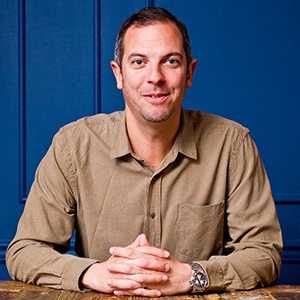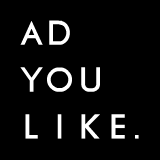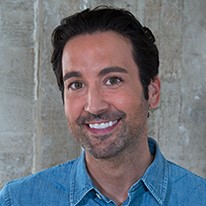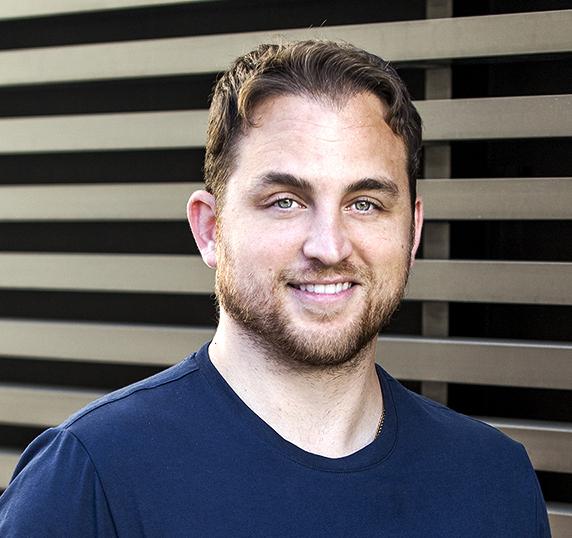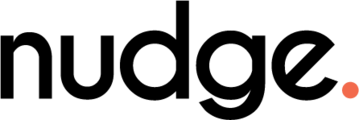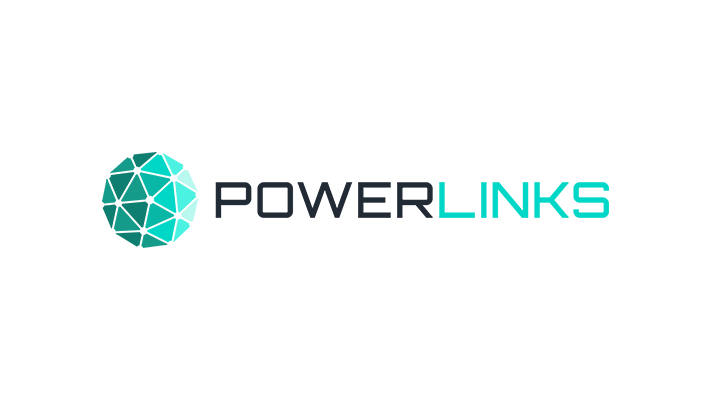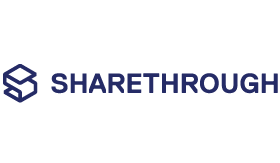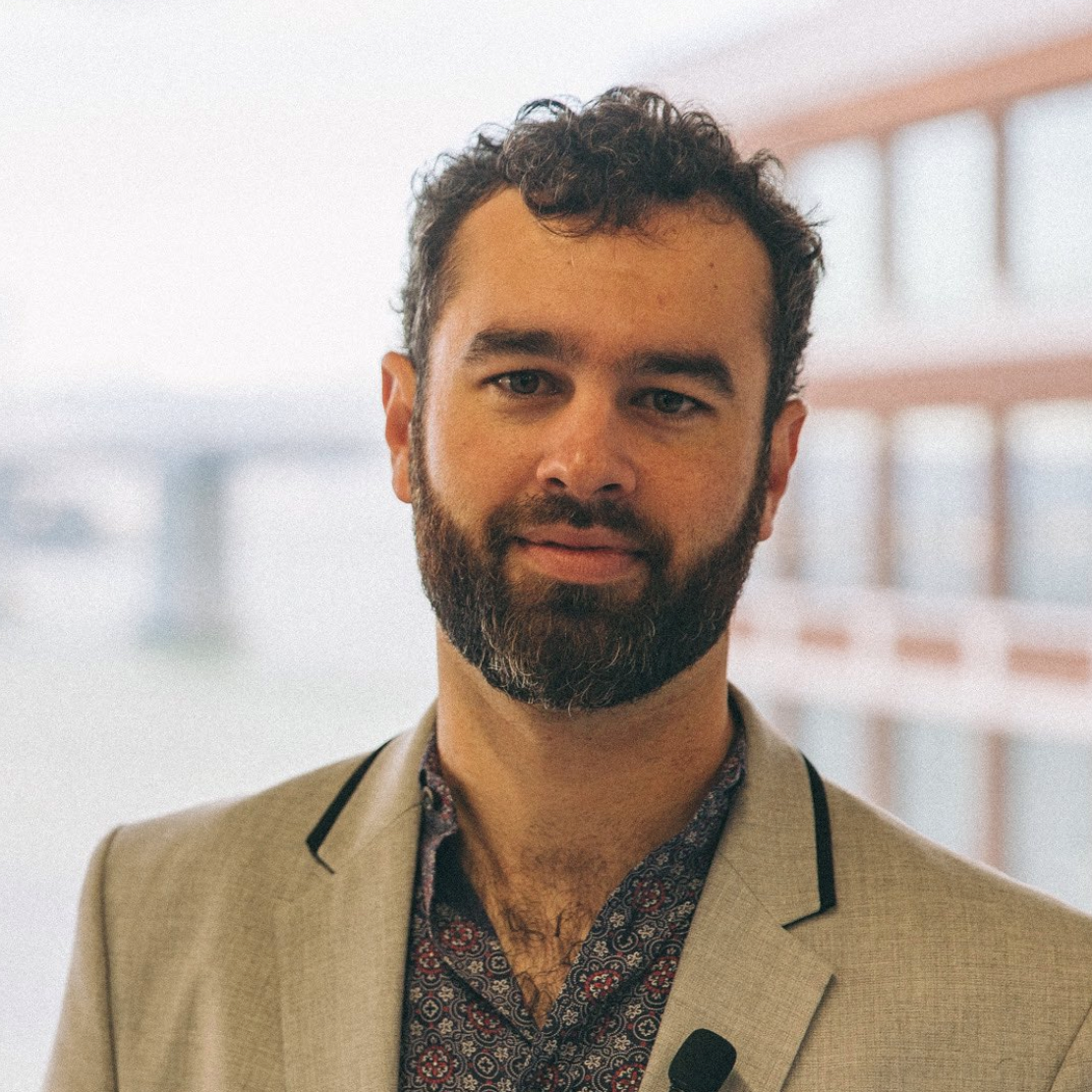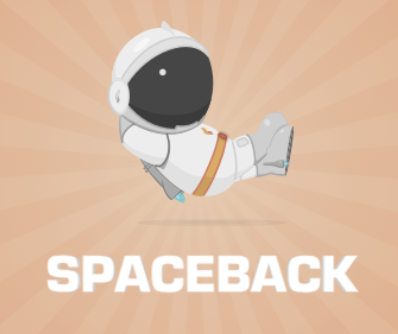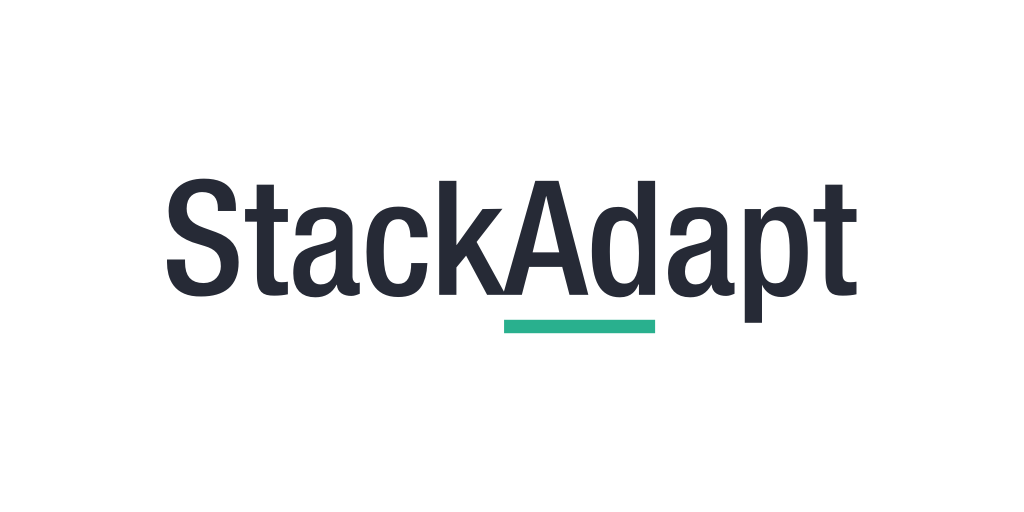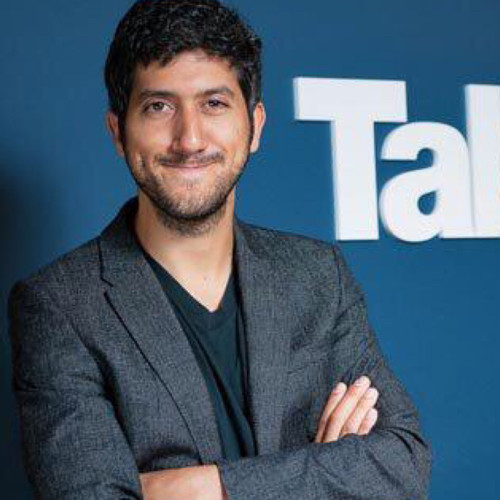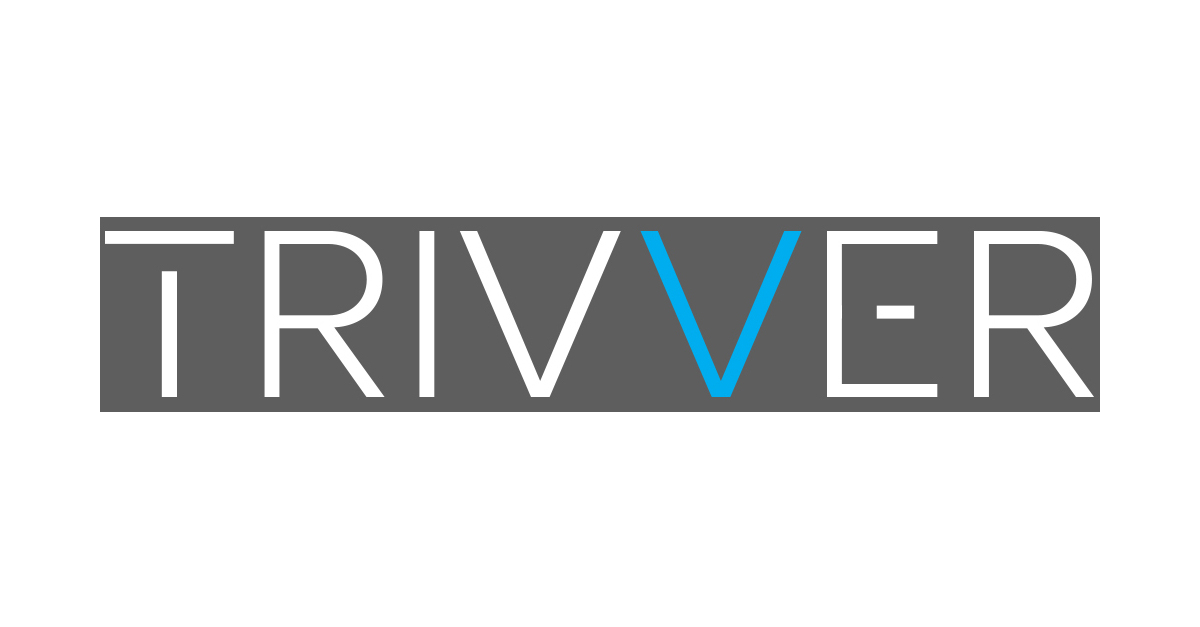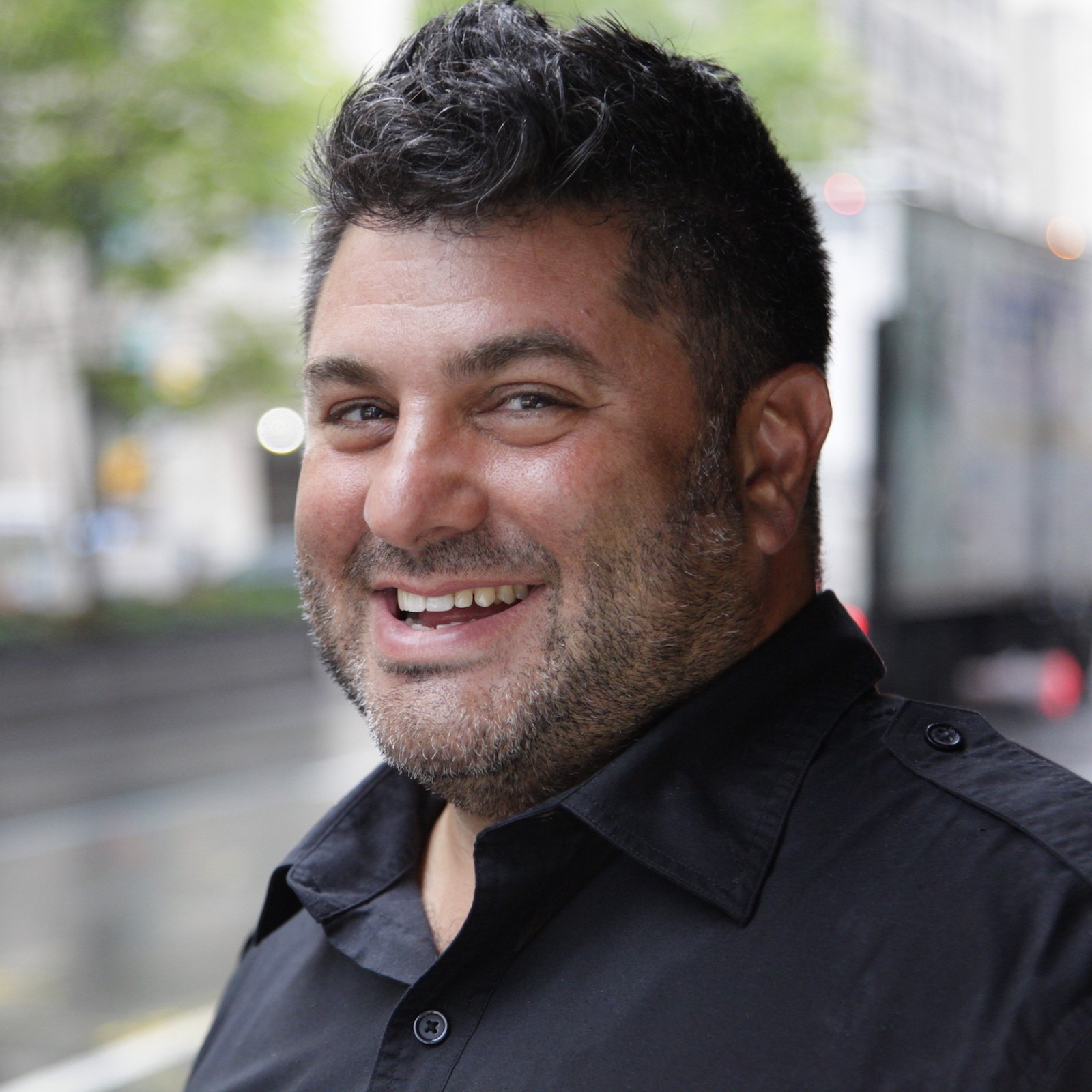In 2013, IAB published its ground-breaking Native Advertising Playbook which provided the industry with a framework for considering and discussing native advertising options which were, at the time, beginning to gain traction in the marketplace. Since then, IAB has released numerous companion pieces to the Native Playbook and IAB Tech Lab has developed important native technical specifications such as Native OpenRTB, while the original Playbook remained unchanged. Until now.
Sixty-nine members of the IAB Social/Native/Content Committee assembled to discuss what updates were needed to the Playbook. While the group agreed that many parts of the Playbook had stood the test of time, other parts needed updates or modifications to reflect current marketplace thinking on native ad formats and evaluation. The result is the IAB Native Advertising Playbook 2.0 which we hope will stand the test of time for the next five years or longer!
What’s Stayed the Same? What’s Changed? And Why?
Industry Changes: The Prelude section of the IAB Native Advertising Playbook 2.0 outlines the five key trends that have helped shape and/or enable native advertising growth since 2013:
- The Explosion of Publisher Content Studios
- The Maturation of Programmatic
- The Shift to and Growth of Paid Social
- The Rise of Mobile Advertising and Shifting Consumer Expectations on Mobile Devices
- Clear Disclosure Guidance Issued by the Federal Trade Commission (FTC)
The Definition of Native: Even with these industry changes and the dramatic growth of native, the one thing that DID NOT CHANGE was the definition:
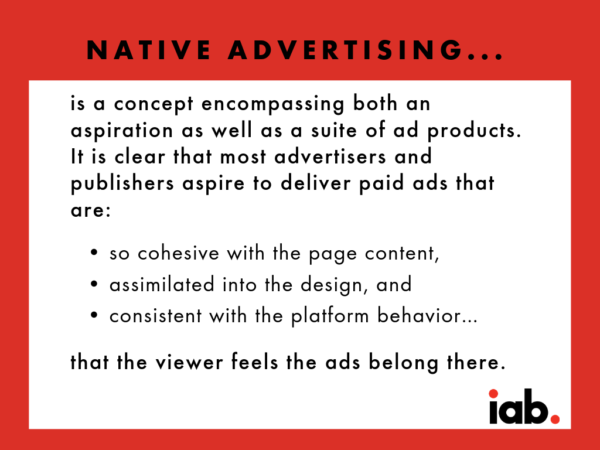
The Core Native Ad Types: The original Playbook featured six core, distinct native ad types. Playbook 2.0 now includes three core types as follows, noted in green:
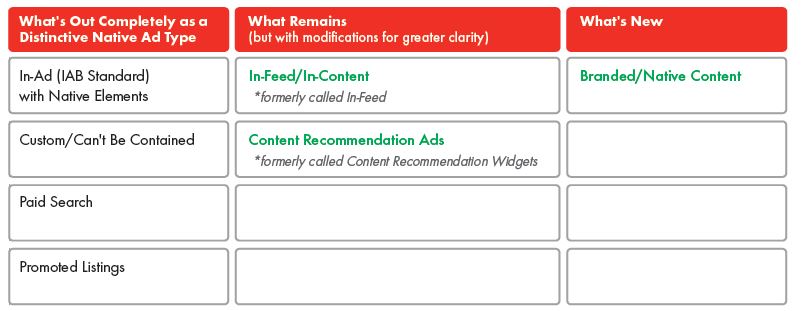
The Playbook details rationale for the changes based on current marketplace thinking, e.g., Promoted Listings are native, but they are considered In-Feed, so for simplicity sake, these can be considered as an In-Feed native ad vs. having its own distinctive native ad type designation. It is important to note that this does not preclude other formats not listed here from being considered native, they simply are not considered to be a core native unit at this point in time.
The IAB Native Evaluation Spectrum Criteria: With the on-going evolution of different types of native ad formats, the IAB Native Evaluation Spectrum Criteria is deemed more important than ever to help advertisers understand whether a native ad type will meet their objectives. The continuum framework is meant to allow buyers and sellers to share a common language to discuss ad products in the context of native, not to provide a definitive scaling mechanism for the industry. The key factors have been simplified and now include four key factors for a marketer to consider: Design, Location, Ad Behavior and Disclosure. These are described in the Playbook with visual examples to show variation between native ad unit types and even within the same native ad type, based on the execution.
Where is Native Advertising Headed?
Some members of the IAB Social/Native/Content Committee shared their predictions for native advertising in 2019 and beyond. What is clear from their responses is that native advertising is not only here to stay, it has become mainstream. In fact, “by the end of 2020, advertisers will devote almost two-thirds of display budgets to native ads” according to eMarketer. As you read member predictions, you’ll see some common themes emerge:
- Moving forward, native will no longer be considered as a separate practice, but rather an intrinsic part of the creative and media plan.
- There will be continued emphasis on consumer experience with both (better) creative and targeting, especially contextual targeting driven, in part, by the evolving public policy landscape (e.g., privacy/GDPR/CCPA).
- We’ll see increased demand for more data and insights for native campaigns. As Dan Rubin, VP, Strategy & Marketing at The Foundry @ Meredith Corp said, “2019 is the year of ‘prove it.’”
- Other areas to keep your eye on include native in more immersive environments (AR/VR), Voice and more native emphasis on other non-social platforms.
Click on the headshot to read individual IAB member predictions from ADYOULIKE, Bidtellect, The Foundry @ Meredith, GumGum, Influential, Jumpstart Automotive Media, Nudge, PowerLinks, Sharethrough, Spaceback, StackAdapt, Taboola, TRIVVER, and WHOSAY @ Viacom Ad Solutions:
As digital advertising formats and technology continue to evolve, IAB’s hope is that the IAB Native Advertising Playbook 2.0 will help buyers and sellers align their expectations and understanding of “what is native?”, and thereby eliminate any confusion in the marketplace with the goal of even further adoption.




